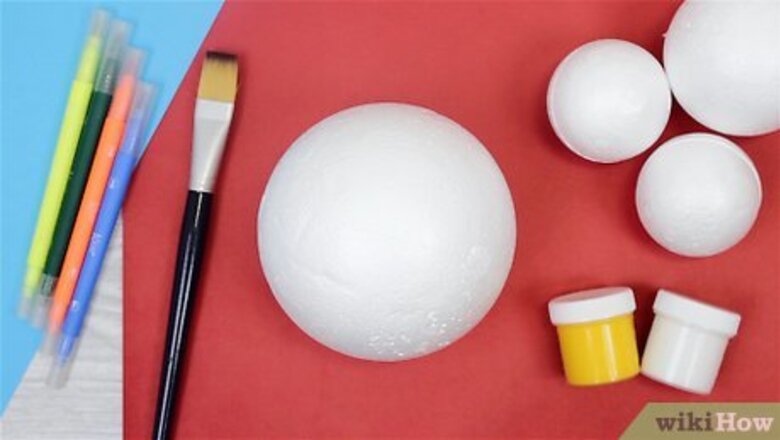
views
X
Research source
Making a Model Earth
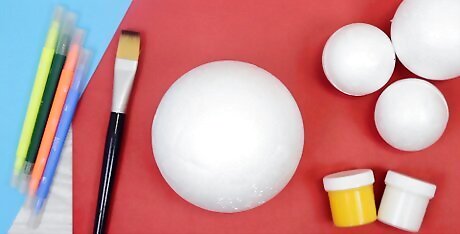
Start with a large Styrofoam ball. You can usually find these at craft stores. If you can only find semicircular foam balls, buy two and glue them together. Other options include a papier-mâché balloon, play dough, or even two cakes with blue and green food coloring added.

Trace the continents onto the ball. Draw an outline of the continents onto your ball. The easiest way to do this is to find a map of the globe online and print it out. Cut out the continents and tape them onto your globe. Draw the outlines with a pen, then take off the continents. You might need to change the size of the printing until it looks right.
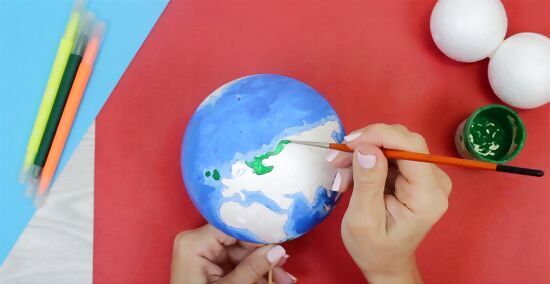
Paint the land and water. Paint the continents with green or brown paint, except for Antarctica: Antarctica is covered with ice and snow year-round, so paint it white to distinguish it from the other continents. Paint everywhere else with blue paint to show the water. Spray paint works best on Styrofoam, but you can use any kind of paint, or even colored markers. Work over a spread-out newspaper to protect your table or floor from dripping paint. Paint one half, let it dry, then turn it over to paint the other half.

Add clay mountains (optional). Make 3D mountains out of play dough or clay, then stick them onto the model. Look at a map to figure out where the mountain ranges are. Don't make them too big, or they might fall off of your model. You can use aluminum foil instead.
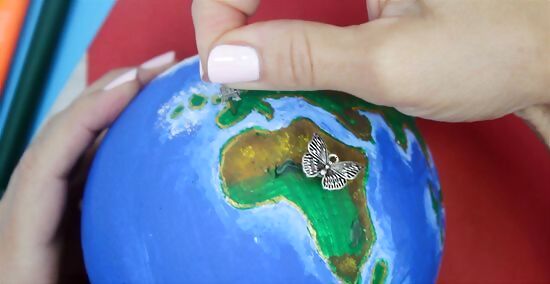
Hot glue objects onto the surface. Spice up your model with some fun toys, like miniature people, animals, or cars. Glue them onto the land using a hot glue gun. Kids should ask an adult for help before using the glue gun.
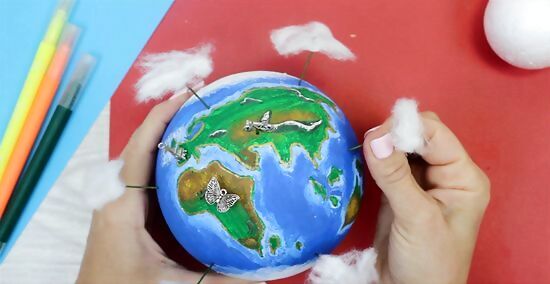
Add clouds. Clouds will make your model extra special. Stick cotton balls onto the ends of toothpicks, and fluff them up a little to make them look like clouds. Stick the other end of the toothpick into the foam so the clouds are above the surface. Paint the toothpicks blue, green, or grey to make them blend in a little better.

Display the model. Glue the globe onto a stand or box so it doesn't roll away. If you want to hang the globe, ask an adult to help you cut a hole in the top and hang it from twine.
Modeling the Earth's Layers
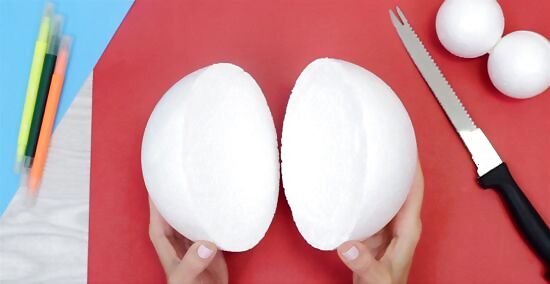
Cut a Styrofoam ball in half. Get a Styrofoam ball from a craft store. Cut it in half with an adult's help. Now you can see the inside of the Earth, so you can show its layers.
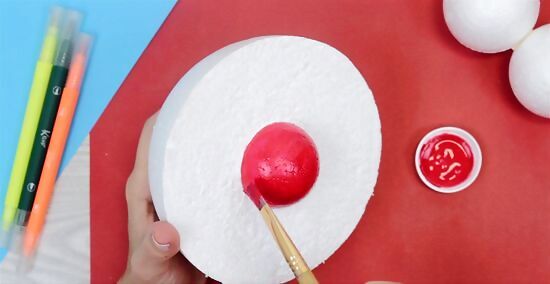
Glue a Styrofoam semicircle onto the ball. Take the half of the ball you're not using. Cut out a section from the middle, in a semicircular shape. Glue this to the center of the half-Earth, so there's a bump coming out of it. This is the inner core, a solid ball formed from the pressure of the layers around it. Color this red with paint or markers.

Draw the outer core. Draw a large circle around the inner core, on the flat half of the globe. This should take up about ⅓ to ½ the space on that surface. Color it orange and call it the outer core.
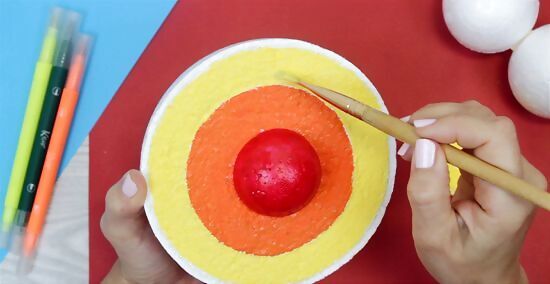
Draw the mantle. Color the rest of the flat surface yellow, leaving only a tiny sliver of uncolored land at the edge. Label this the mantle. The mantle is actually made up the upper mantle (solid rock) and the lower mantle (liquid rock). Divide it into two different shades of orange if you like.
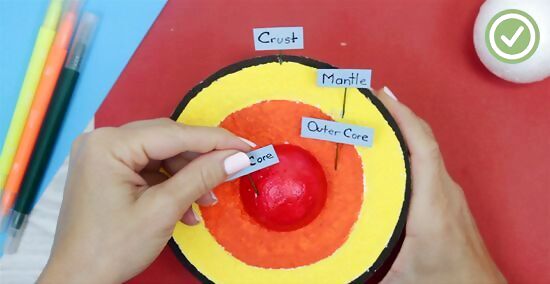
Label the crust. The crust is the surface layer of the Earth, and it is very thin compared to the other layers. Color this brown or black. On your model, it will look like a thin line around the entire cut surface. Together, the upper mantle and the crust make up the lithosphere.
Showing the Solar System
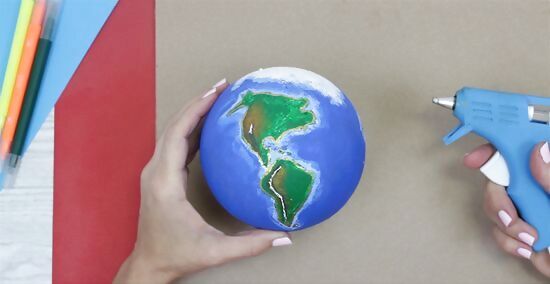
Glue the model to a foam board. Make one of the two models described above. Once you're finished, glue it to a large piece of foam board or cardboard.

Paint the board black. Color the foam board black to show outer space.
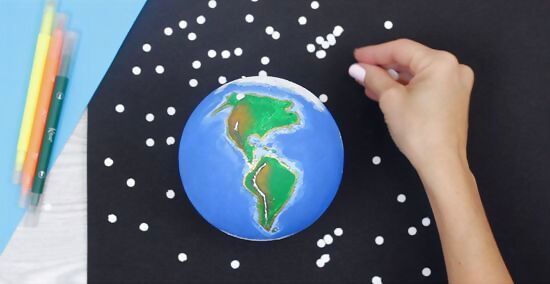
Add the stars. You can use stick-on stars, or cover the background with glitter glue or glitter paint.
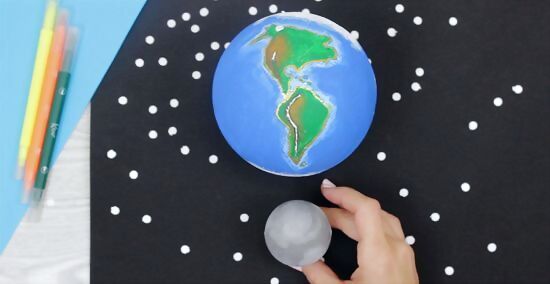
Make the moon. Find a golf ball or a crumpled up piece of paper, about ¼ the size of your Earth model. Glue it on the board, close to the Earth.
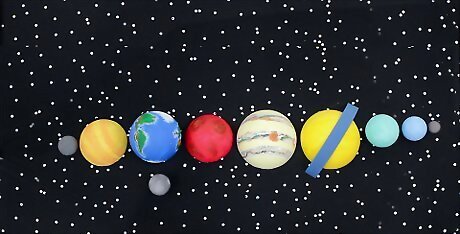
Add the planets. Crumple up another piece of paper for each of the planets. Glue them onto the board in this order: Mercury — small, grey Venus — yellow, about Earth sized Earth (your model) Mars — red, about Earth sized Jupiter — orange and white, the biggest planet Saturn — yellow, almost as big as Jupiter, with rings around it Uranus — light blue, bigger than Earth but smaller than Saturn Neptune — light blue, about the size of Uranus Pluto — a tiny grey dot
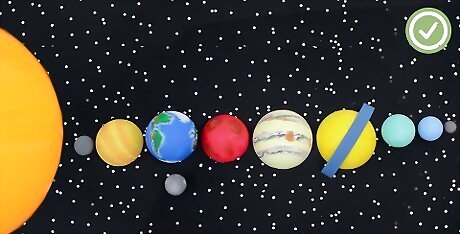
Add the sun. Closest to Mercury, the sun is an enormous yellow-orange ball. The sun is much too big for you to show its size accurately. You can either make the biggest ball you can fit, or just color a corner of the board yellow to indicate that the sun expands far beyond the edges.













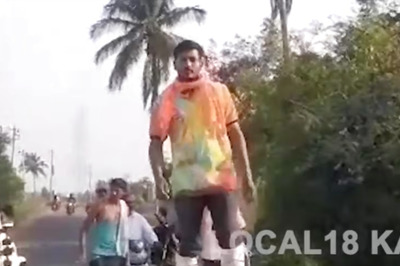
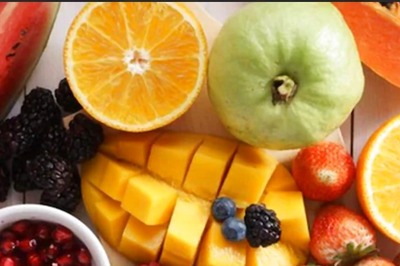


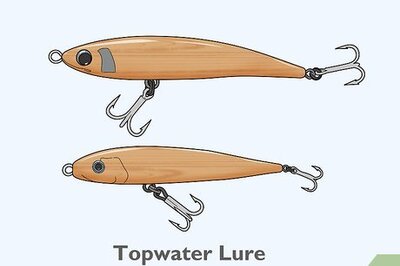


Comments
0 comment